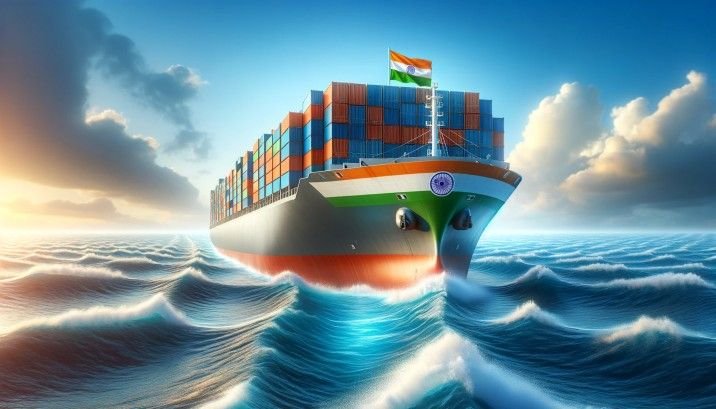India is undertaking a pioneering effort to enhance the export of fresh fruits and vegetables, such as bananas, mangoes, pomegranates, and jackfruit, through ocean routes. This move is driven by the need to improve the cost-effectiveness and volume of these exports.
Current Export Scenario
Traditionally, India has relied heavily on air routes for exporting perishable goods. This method, while effective for maintaining the freshness of the produce, often leads to higher costs and limited export volumes due to different ripening periods and smaller shipment sizes.
Development of Sea Protocols
The development of sea protocols involves a comprehensive understanding of the voyage time, ripening process, optimal harvesting times, and farmer training. These protocols are expected to vary for different types of fruits and vegetables, ensuring that each commodity’s specific requirements are met.
Advantages of Sea Route Exports
Rajesh Agrawal, Additional Secretary in the Commerce Ministry, highlighted the dual benefits of sea route exports: reduced costs and increased shipment volumes. By transitioning to sea routes, India aims to boost the competitiveness of its agricultural exports, which have been challenged by high air freight costs.
Initial Focus and Testing
The initiative began with the development of protocols for bananas. The Agricultural and Processed Food Products Export Development Authority (APEDA), in collaboration with various stakeholders, has conducted dummy tests and shipped the first container to Rotterdam, the Netherlands, for actual testing. This step is crucial in gaining the confidence of importers and increasing export volumes significantly.
International Collaboration and Trial Shipments
For the trial shipment of bananas, APEDA worked with the ICAR-Central Institute for Subtropical Horticulture for technical assistance. InI Farms partnered with Del Monte for marketing and distribution in Europe, and Maersk was involved for logistics. Importing countries’ acceptance of these new protocols is vital for the success of this initiative.
Export Statistics and Global Position
India is the world’s largest banana producer, accounting for 26.45% of global production. However, its share in the global export market is only 1%. In 2022-23, banana exports from India were valued at USD 176 million. The export of mangoes has also seen a significant increase, with a 19% rise to USD 47.98 million during April-August. The main export destinations include the US, Japan, New Zealand, Australia, and South Africa. The overall exports of fruits and vegetables grew by about 13% to approximately USD 2 billion during April-October of the fiscal year.
Conclusion
India’s development of sea protocols for exporting fresh fruits and vegetables is a strategic move to increase its presence in the global agricultural market. This shift from air to sea routes is expected to enhance the competitiveness of Indian produce by reducing costs and increasing export volumes. The success of this initiative will depend on the acceptance of these new protocols by importing countries and the ability to maintain the quality of produce during longer sea voyages.
